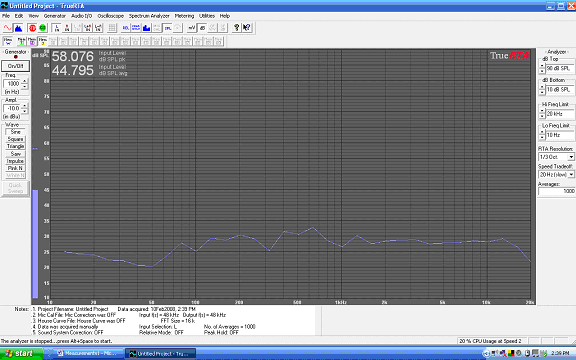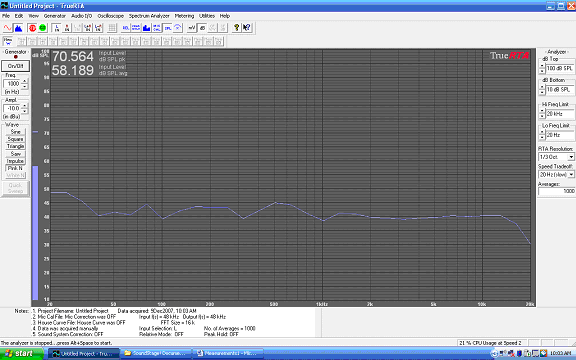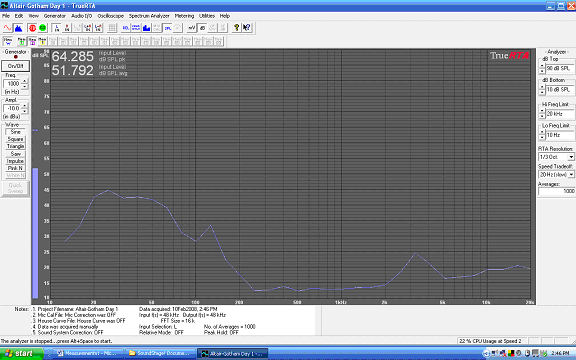Mark, here are two graphs taken of two full-range systems in their optimal locations in my room for such speakers:
http://www.ultraaudio.com/opinion/20100501.htm
These are 1/6th octave, so a little more telling. Still, you can't tell in these graphs that one speaker is a four-way and the other a smaller three-way, yet they measure very close. The sound, however, was quite different (the Arrakis being superior in every regard).
I recently had an opportunity to A/B the Magico Mini II and the new Q1, and it was far more dramatic than what you might expect to find from a pair of two-ways from the same maker. I could easily see where they might measure similarly in-room (a guess). Yet the Q1 was simply better in every parameter -- stunning differences. A writer of mine asked me recently, "How do we measure
real improvements in detail?" I know all the usual answers relating to prominences in certain bands, noise, etc., but still the answer is not always clear.
I believe in getting the FR smooth and neutral in-room, but you still have to listen to really absorb the
sound. (That from someone that has spent a LOT of time measuring and getting my room right.)



















